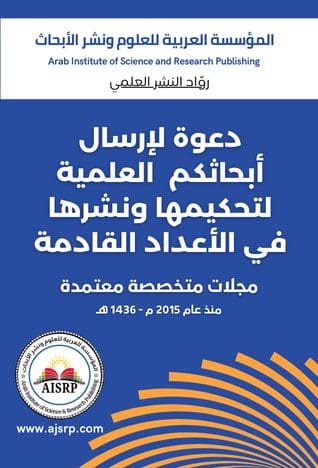Abstract
Dry seeds of six faba bean varieties (Sakha 1, Nubaria 2, Nubaria 3, Giza 3, Giza 716 and Giza 843) were irradiated with low doses of gamma rays (20, 40, 60, 80, 100 and 200 Gy). Treated seeds and control seeds were grown for two seasons. Results revealed that doses below 100 Gy increased morphological growth parameters as well as some yield parameters. The most effective dose varied in different faba bean varieties. Higher doses above 100 Gy were detrimental to plant growth and yield. The variation in ISSR profiling in response to girradiation treatments in M2 was detected using seven ISSR primers. The seven primers produced 81 bands including 75 polymorphic bands and 6 unique bands. The unique bands were scored in var. Nubaria 3 by the doses (20, 80 and 100 Gy), var. Giza 3 by the doses (20 and 60 Gy) and var. Nubaria 2 by the dose 200 Gy. The two varieties Nubaria 3 and Nubaria 2 showed higher numbers of polymorphic bands (225, 191) respectively compared to other varieties. Polymorphic information content (PIC) was estimated for each primer and ranged from 0.193 for primer 807 to 0.31 for primer 834 with a mean of 0.259.
Keywords: Mutation breeding, Gamma rays, Faba bean, Growth, Yield, ISSR.
Authors
Nora El-Gazzar 1, Laila Mekki 2, Samia Heneidak 1, Abdelfattah Badr 3
1 Botany Department, Faculty of Science, Suez University, Suez, Egypt
2 Botany Department, Faculty of Science, Suez Canal University, Ismailia, Egypt
3 Botany and Microbiology Department, Faculty of Science, Helwan University, Cairo, Egypt



